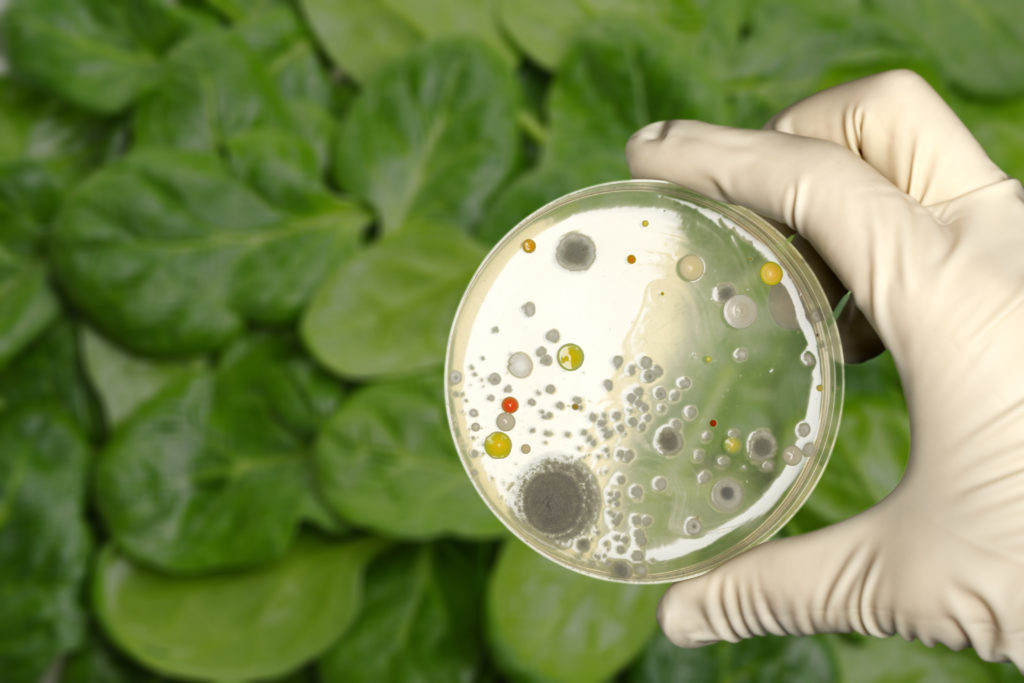
Abstract:
Our previous survey revealed the poor microbial quality of leafy green vegetables and the presence of Salmonella on these vegetables grown and sold in Accra, Ghana. This study validated the efficacy of some cleaning and sanitation methods (tap water, salt solution, lemon juice, and vinegar) commonly used by Ghanaian households, by comparing them with the performance of several sanitation approaches used by the U.S. fresh produce industry (chlorine, peracetic acid, and ozonated water) in reducing Salmonella populations on leafy green vegetables. Cabbage and lettuce leaves inoculated with each of three Salmonella cocktails were treated with sterile water and the previously mentioned six sanitizers. The efficacies of the treatments were evaluated by using the standard plate count assay. The effect of the treatments on the sensory quality of treated vegetables was evaluated by a 97-member consumer panel in the United States. Treatments with citric and acetic acid were as effective as chlorine and peracetic acid in reducing Salmonella counts on vegetable leaves. Ozonated water was less effective than the two organic acids but equally as effective as treatment with the salt solution. Rinsing vegetables with water did not significantly reduce Salmonella counts (P > 0.05). Cabbage leaves treated with citric acid, vinegar, and water were more preferred (P ≤ 0.05) by the consumer panel, while chlorine-treated cabbage leaves were the least preferred. Lettuce samples treated with citric acid and water were more preferred, and salt-treated samples were least preferred. Among the vegetable sanitation methods used by Ghanaian households, treatments with citric and acetic acid are effective in inactivating Salmonella without adversely affecting the sensory quality of treated vegetables.
HIGHLIGHTS
The efficacy of vegetable sanitation methods used by Ghanaian households was evaluated.
Citric and acetic acids were more effective than saltwater in killing Salmonella.
Cabbage leaves treated with citric–acetic acid were preferred by a consumer panel.
Lettuce leaves treated with citric acid were more preferred.
Salt-treated lettuce and chlorine-treated cabbage leaves were least preferred.
Citation:
JOYCELYN K. QUANSAH, KOUSHIK ADHIKARI, JINRU CHEN
Journal: Journal of Food Protection
J Food Prot (2022) 85 (4): 653–659.



